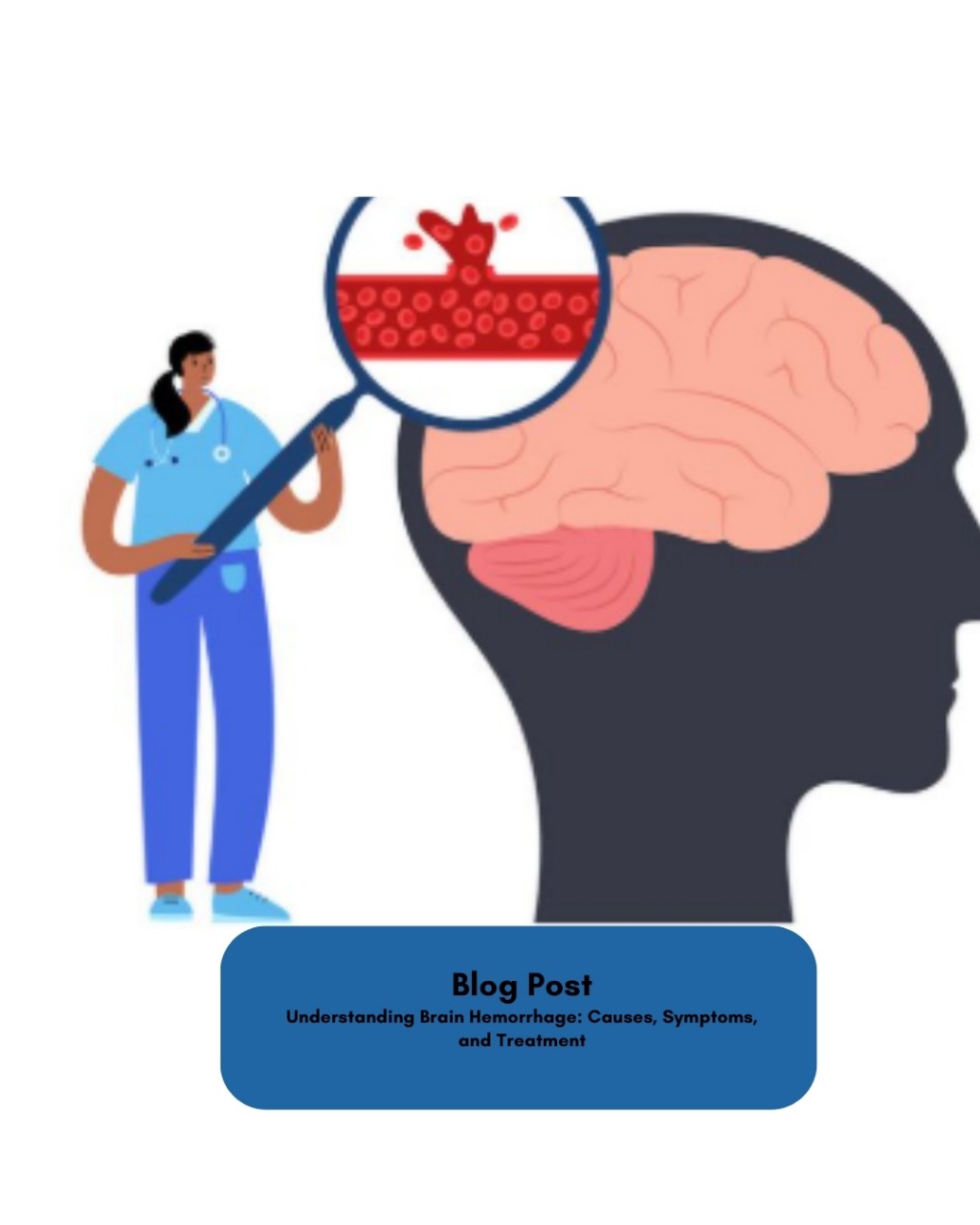Ever wonder why Parkinson’s patients walk slowly? Insights from Dr. K. Vamshi Krishna
Dr. K. Vamshi Krishna, MBBS, MS, MCh, a leading Consultant Brain & Spine Surgeon at Care Hospitals in Nampally, Hitech City, Hyderabad., explains that this slowness results from a depletion of dopamine-producing brain cells, leading to ‘bradykinesia,’ a term describing their gradual movements. This loss disrupts the brain’s motor control and influences their daily lives. Yet, ongoing research and treatment advancements improve their mobility.
Understanding Parkinson’s Disease
Parkinson’s disease is a brain disorder affecting millions worldwide. A slowed and shuffling gait is one of the most visible and distressing symptoms. In this article, we will explore why Parkinson’s patients walk slowly, shedding light on the underlying biological mechanisms and discussing the impact on their daily lives.
The Role of Dopamine in Parkinson’s Disease
Parkinson’s disease is characterized by a loss of dopamine-producing neurons in the brain, particularly in the Substantia nigra, a region named for its dark pigmentation. Dopamine is a crucial neurotransmitter for regulating movement and coordination. As these neurons die off, dopamine levels significantly drop, severely impacting motor functions. This deficiency leads to symptoms like slow movement, muscle rigidity, tremors, and postural instability, collectively contributing to the characteristic slow and unsteady gait seen in Parkinson’s patients.
Bradykinesia: The Culprit Behind Slow Walking
Bradykinesia refers to the slowness of movement prevalent in Parkinson’s disease, affecting not only walking but also other everyday activities like writing, eating, and self-care tasks. Parkinson’s patients experiencing bradykinesia often feel like they need to put in a lot of effort to move, leading to frustration and fatigue.
Neurological Mechanisms Behind Bradykinesia
The root cause of bradykinesia is the disruption of the normal brain circuits controlling movement. In healthy individuals, the brain actively receives signals to initiate and coordinate movement, traveling through the basal ganglia, an area heavily reliant on dopamine. Reduced dopamine levels impair these messages, leading to gradual slowing of movement.
Factors Contributing to Slow Walking in Parkinson’s
Several factors significantly impact a Parkinson’s patient's ability to walk comfortably and confidently:
Muscle Rigidity: Stiff and tense muscles hinder movement, making it difficult to initiate and sustain natural steps.
Loss of Arm Swing: Patients often lose the natural swinging of their arms while walking, which provides balance and forward momentum.
Postural Instability: Poor balance and a tendency to fall cause Parkinson’s patients to take shorter, more cautious steps, adding to their overall slowness.
Impact on Daily Life
The slow gait associated with Parkinson’s profoundly affects patients’ daily lives, leading to reduced mobility, increased risk of falls, and an overall decline in quality of life. Simple tasks like crossing the street or standing up from a chair can become challenging.
Treatment Options
While there is no cure for Parkinson’s disease, various treatments manage its symptoms. The most effective approach is medication to replenish dopamine levels or mimic its effects. Additionally, physical therapy and exercise can improve gait and overall mobility. Mobility aids are also available to help patients regain control of their walking.
Conclusion
Slow walking in Parkinson’s disease is a multifaceted problem rooted in the loss of dopamine-producing neurons, disrupting the brain’s ability to control body movement. Understanding this issue and its contributing factors is crucial. While there is no immediate cure, ongoing research and treatment advancements provide hope for improving the lives of those living with this condition.
For expert advice and treatment, consult Dr. K. Vamshi Krishna, the best neuro specialist in Nampally and Hitech City, Hyderabad.



Comments
Post a Comment